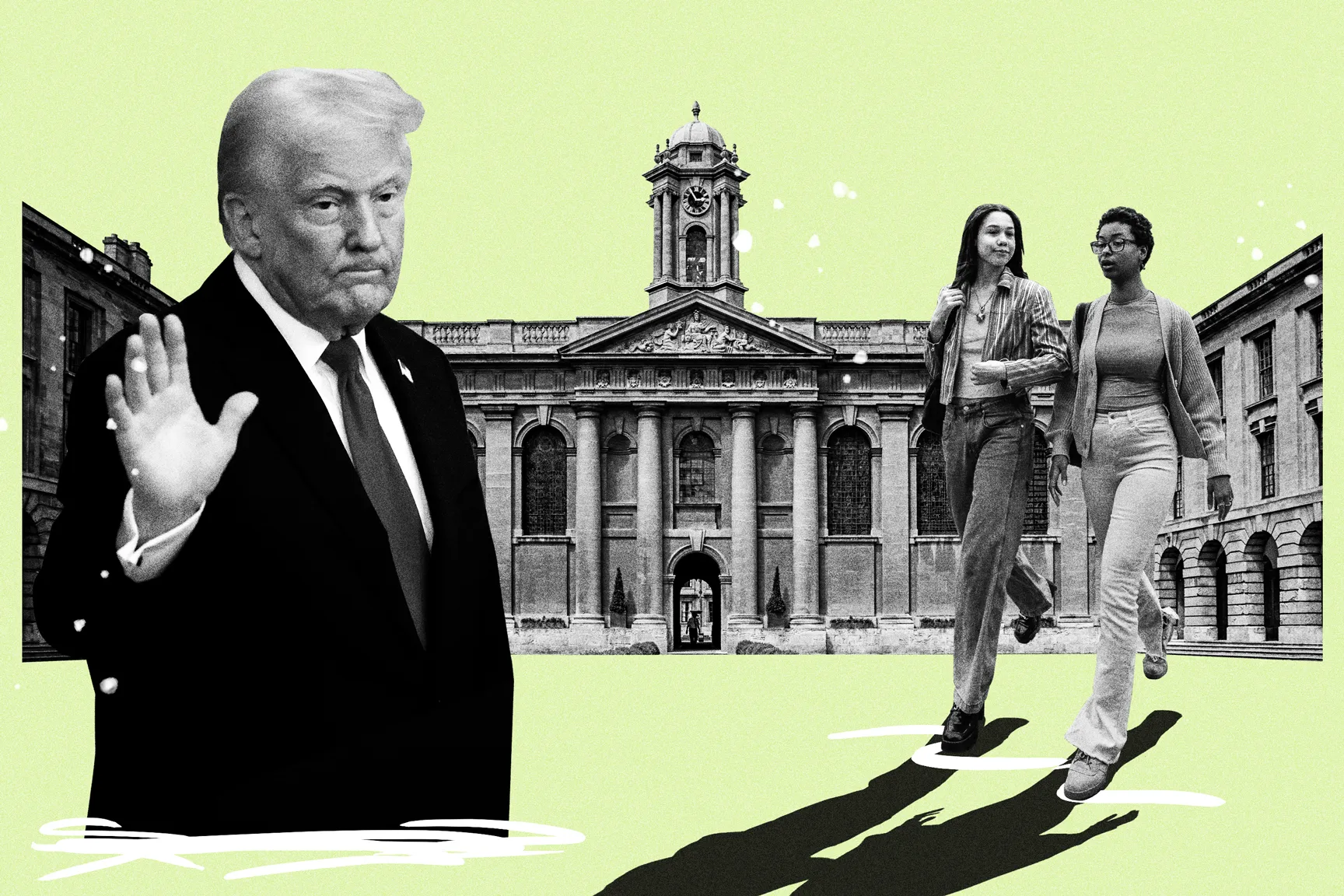Key U.S inflation gauge shows price growth cooled in April with little sign of tariff impact

The latest report from the Commerce Department indicates that inflation in the U.S. has slowed down, with consumer prices rising just 2.1% in April compared to a year earlier. This marks a decrease from the 2.3% increase seen in March, and it is the lowest inflation rate since September. Core prices, which exclude food and energy categories, also saw a decrease, rising 2.5% from a year earlier compared to 2.7% in March. Economists closely monitor core prices as they provide a better indication of future inflation trends.
Despite the slowdown in inflation, some experts believe that prices could still rise due to President Donald Trump’s tariffs. These tariffs are expected to have an impact on imported goods, potentially leading to higher prices for consumers. The recent court ruling regarding the legality of these tariffs has added to the uncertainty surrounding their implementation and impact on the economy.
In April, overall prices and core prices both increased by only 0.1% from the previous month. The cost of durable goods rose by 0.5%, while the cost of services saw a modest 0.1% increase. This increase in durable goods prices could be a result of the tariffs taking effect, causing Americans to cut back on spending for longer-lasting factory goods.
Consumer spending also slowed down in April, with a 0.2% increase from the previous month compared to a 0.7% rise in March. This decrease in spending may be a response to higher goods prices and could indicate consumer caution in light of the tariffs. Some economists believe that the pullback in spending is a result of consumers stocking up on items like cars before the tariffs take full effect.
While consumer spending may be dampened by the tariffs in the coming months, the rise in incomes in April offers some relief. Incomes increased by 0.8%, largely due to an increase in Social Security benefits as a result of the Social Security Fairness Act. However, the Federal Reserve remains vigilant about inflation, which is still above their target of 2%.
The uncertainty surrounding the tariffs and their impact on inflation and jobs has led to a cautious approach by Fed officials, who are likely to keep interest rates steady for the time being. The court ruling against most of Trump’s tariffs has thrown a wrench into the situation, with the administration vowing to find alternative legal avenues to implement the tariffs. This uncertainty leaves the future of tariffs and their duration up in the air.





